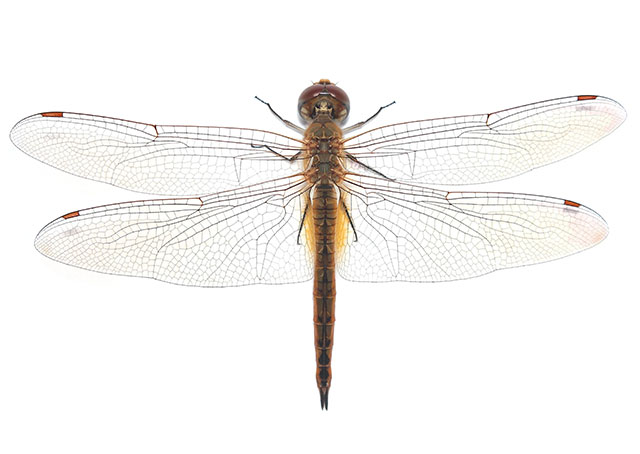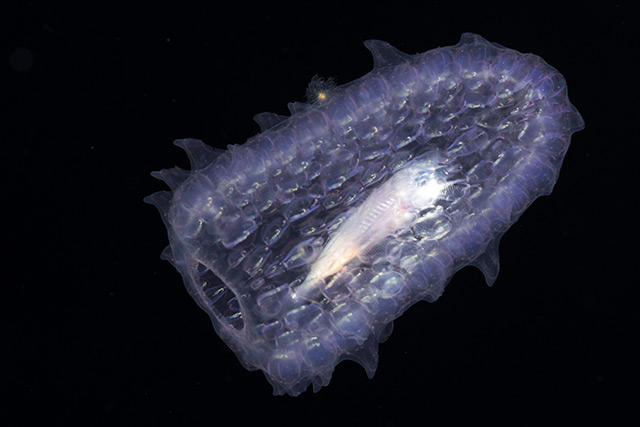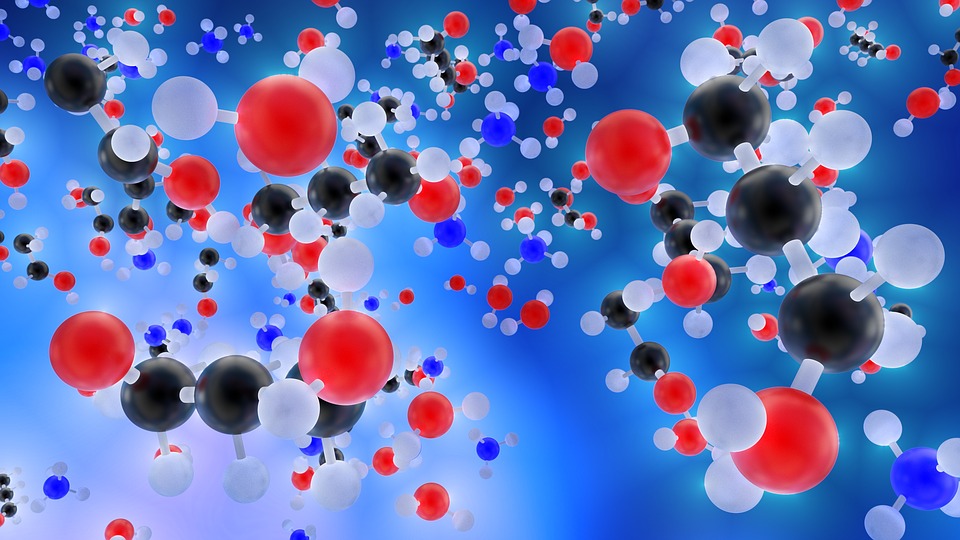Scientists have been trying to study the origins of life on Earth – and the Universe itself, to some extent – for quite a long time now. But recently, the discovery of a new planetary system called TRAPPIST-1 has opened the door to new ways of looking back into the past and understanding the origins of our species.
Indeed, as online reports indicate, TRAPPIST-1 and its seven planets in orbit can offer a good look at how exactly life can come about in a seemingly empty void that contains nothing but stars and interstellar gases. What’s more, practically all of the planets that are orbiting the star at the center of the TRAPPIST-1 system can be considered Earth-like as well as terrestrial, making them useful for studying certain things like planet formation and potential habitability. That’s why the system is now the focus of a number of scientific studies.
One such study is being conducted by scientists from Arizona State University (ASU), namely Cayman Unterborn, Steven Desch, and Alejandro Lorenzo, of the School of Earth and Space Exploration. They are currently working with Natalie Hinkel of Vanderbilt University in order to study the system’s planets for habitability, particularly with regards to the water composition on each and every one of them. They recently shared their findings in a new study titled, “Inward migration of the TRAPPIST-1 planets as inferred from their water-rich compositions,” which was published in the journal Nature Astronomy.
It is said that the TRAPPIST-1 planets are “curiously light” in their composition. Based on their apparent mass and volume, practically all of the planets are less dense than rock. And typically, on other low-density planets, it is thought that atmospheric gases comprise the less-dense component. However, that doesn’t seem to be the case with the TRAPPIST-1 system planets.
As geoscientist Unterborn explains, there are some irregularities with the system’s planets. Again, atmospheric gases are thought to be present in similar worlds with less-dense components. “But the TRAPPIST-1 planets are too small to hold onto enough gas to make up the density deficit,” he explained. “Even if they were able to hold onto the gas, the amount needed to make up the density deficit would make the planet much puffier than we see.”
In order to make sense of what is going on with the system’s planets, the scientists deduced that the low-density component has to be something else, and they settled on water. So part of their research included trying to determine exactly how much water there is on each of the planets and where on the planets the water may have formed. (Related: Group of Earth-like planets 40 light years away could harbor life outside the solar system.)
They used a unique software package that was developed by Unterborn and Lorenzo to get their results, and they also used state-of-the-art mineral physics calculators. The software is said to be called ExoPlex, and allowed them to put together basically all of the available data on the star system, even including the chemical makeup of the star itself, instead of just using the data from the individual planets.
What they found through their research was that the relatively “dry” inner planets that were present in the system had less than 15 percent water by mass. Meanwhile, all of the outer planets had more than 50 percent water by mass. This means that these particular planets currently hold the water of “hundreds of Earth-oceans.” In other words, the planets are really a lot like Earth, possibly from when Earth’s own solar system began. And while things may change in the future, they will remain true for the time being.
Due to the abundance of water, the TRAPPIST-1 system planets are seen as having enormous potential for life as we know it. Although it may be a long time before any real information becomes available on that front, at least current methods such as the one used by the ASU researchers make it possible to take a closer look at the planets and the stuff that’s in them before it becomes possible to reach them physically.
Read more about distant star systems in Space.news.
Sources include:
Nanowerk.com
Nature.com




















